Wood & Strawbale House - Phase 2: Sustainable Design.
After cleaning and accurate measuring we went to the design stage !
Very exited we were, we found a local architekt bureau, willing to think outside the box, and help us realize our sustainable house idea. We told them we want to build it from wood, strawbales, mud, and stone, local materials where possible, and simple enough in structure to be built mainly by ourselves.
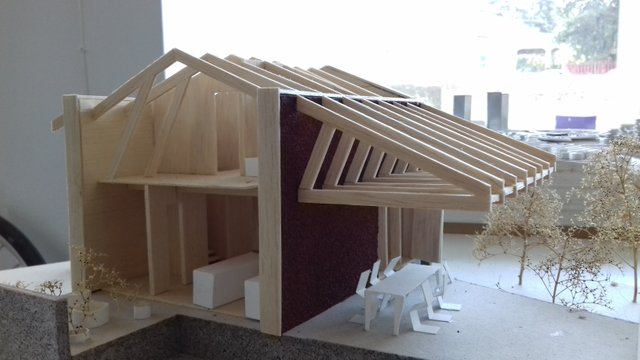
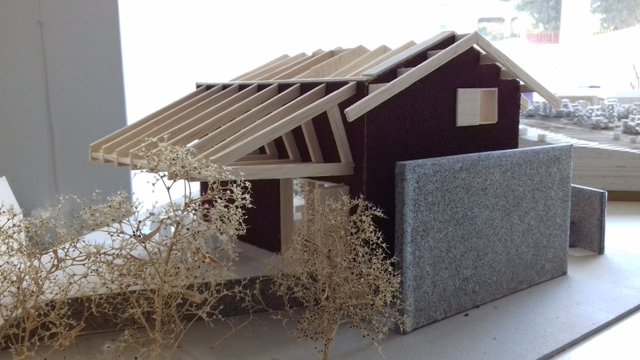
After our first meeting there, we learnt about the limits the building law in Croatia imposes on making a house.
- Every legal house must have a concrete foundation. Any building without concrete foundation is considered a mobile structure, or weekendhouse, and cannot get legality or residential adress.
- Concrete foundations must be at least on 3 meters distance of property boundaries.
- Furthermore, in our building zone, we were subject to restrictions of height.
- There must be enough space reserved to enter and park two cars on the land itself.
Straw buildings have certain technical requirements as well, the feet should stry dry, so you give her a high foundation. And the roof should stick out for a meter or so, to protect the wall from most rainfall. Also this will help with shading the house in the hot time of year.
Since our land is not so big, we asked the architekt to sketch up and idea, a little house with two floors, a water cistern and a house extention / workshop, in a way to make most out of the space we have, and the way we can orient it to the sun and predonimant winds.
After some time and research, she came up with some inspiration, and started drawing up a project in the computer. It was quite hard for us, never having built a house, and new to the area, to imagine what would make this house work in this environment. How to divide the space, where to put entrance / living area, etc. It took many meetings to shape the idea, and we settled for two bedrooms upstairs, and kitchen, bathroom, livingroom, and small office downstairs.
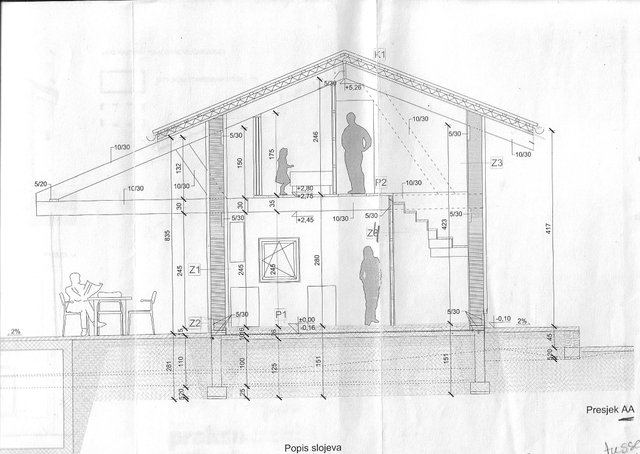
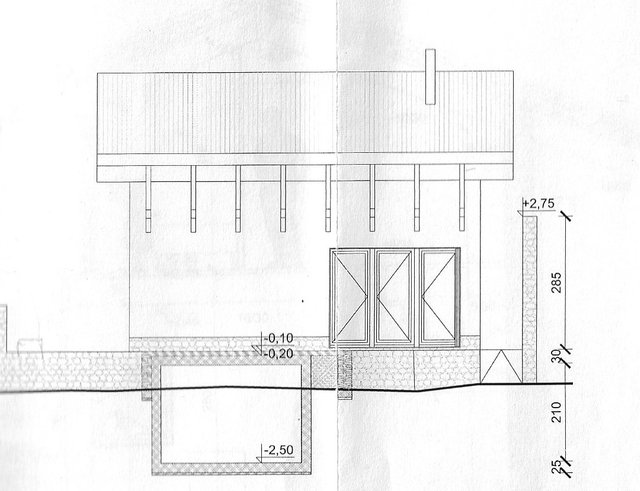
In mediterranean Istria, a big part of life is happening outdoors, so a large terrace was also thought of, an outdoor shower / washing space, outdoor eko toilet, and even a natural cold storage space for food.
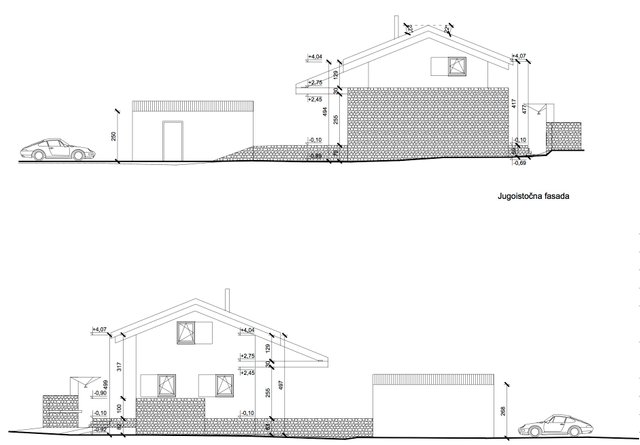
The whole design process took about a year. In this time we met up with people with experience in sustainable building, to talk about materials used for construction and isolation, and good and bad experiences they had. After that we were running up and down with paperwork between offices for a long time, and we got the building licence in summer 2017.
The bill was rather steep for us, after getting the licence finally, the amount of money spent in bureaucrats & surveyors was about 10.000 euro, and we had to do some consessions to get the static engineers' approval. The concrete foundation was one. And as far as the strawbales and cob go, in Croatia there is no numbers available to builders concerning their statics, so it is not possible to use them other than for isolation. Our wooden skeleton would have to be built to fully support the house. The engineers' computerprogram would completely ingnore the stiffness and weight the pressed straw and clay walls would add to the structure, and over-calculate the size of beams used. We were also required to make a septic tank without outflow.
But now the building process could start !!
We were excited, but also a bit sorry to have gone this way ... sending so much money into legalities ... we might have been better of just living in a mobile house for now, instead of paying rent for our appartment 5 kilometer from the building site. But with a small child, it is rather difficult to camp out the whole year, so we submitted to village life for now, and threw ourselves onto the next phase in building ... ... how to square up for a foundation !